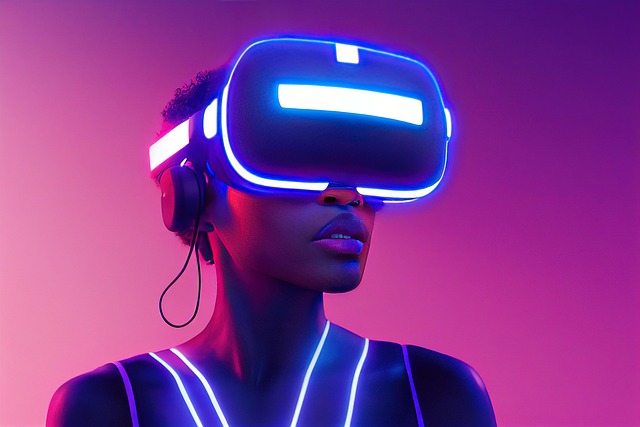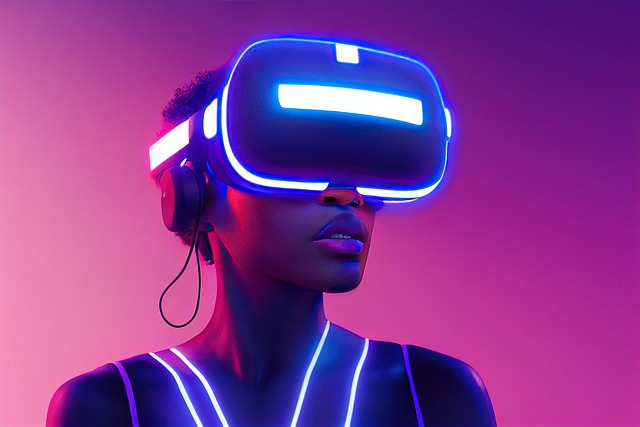In a world where technology evolves at breakneck speed, the realms of immersive heritage have begun to blossom, taking us on a captivating journey through the past in ways we never thought possible. Imagine standing in the heart of a centuries-old temple, feeling the cool stone beneath your fingers or hearing the whispers of history echoing around you. With the advent of virtual reality (VR), augmented reality (AR), and the burgeoning metaverse, these experiences are no longer confined to the pages of a history book, but are now at our fingertips.
Starting with virtual reality, this technology allows us to engage with history in an entirely new way. By donning a VR headset, users can transport themselves into meticulously recreated historical sites—from ancient Rome to the vibrant streets of Tokugawa-era Japan. The sensory experience is thrilling; you can look around, interact with the environment, and even engage with historical figures designed with incredible detail and accuracy. This level of immersion brings history alive, making it a personal experience rather than a distant memory of the past.
Augmented reality, on the other hand, blends the physical and digital worlds seamlessly, enriching our real-world experiences with interactive layers of information. Imagine walking through a museum and pointing your device at an artifact, only to see a 3D representation that displays its history, significance, and even how it was used. This immediate access to knowledge enriches our understanding and fosters a deeper emotional connection to the heritage we encounter. Educational institutions around the globe are embracing AR technology, making learning a dynamic and engaging process.
Then, we arrive at the concept of the metaverse. This interconnected virtual universe offers yet another dimension for experiencing immersive heritage. Within the metaverse, cultural sites from around the globe can coalesce into one shared space, where users can meet, explore, and learn together, despite geographical boundaries. Imagine attending a lecture from a renowned historian while simultaneously exploring the ruins of an ancient civilization alongside participants from different parts of the world. This not only democratizes access to heritage but also fosters a sense of global community, unified by a shared interest in our past.
The journey through immersive heritage via VR, AR, and the metaverse isn’t just about recreation; it’s about preservation and education. In a time when many historical sites are under threat from climate change, urban development, and conflict, these technologies provide innovative solutions for safeguarding our collective history. Digital reconstructions can serve as a last resort for endangered sites, allowing us to experience them even if they are physically lost.
In essence, the fusion of immersive technologies provides an exhilarating way to step into the stories that shaped our cultures. As we glimpse into the possibilities that immersive heritage presents, we open ourselves to richer experiences that connect us with our own histories and world cultures. The past is no longer a static timeline; it’s an ever-evolving narrative waiting for us to explore, understand, and cherish.



